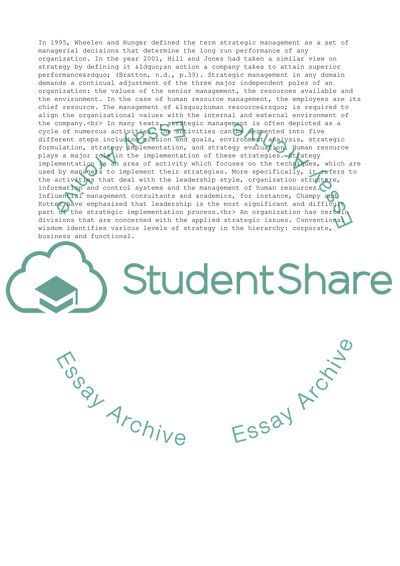Cite this document
(Human Resources Management For Public And Nonprofit Organizations Research Paper - 1, n.d.)
Human Resources Management For Public And Nonprofit Organizations Research Paper - 1. Retrieved from https://studentshare.org/management/1742303-strategic-human-resource-management
Human Resources Management For Public And Nonprofit Organizations Research Paper - 1. Retrieved from https://studentshare.org/management/1742303-strategic-human-resource-management
(Human Resources Management For Public And Nonprofit Organizations Research Paper - 1)
Human Resources Management For Public And Nonprofit Organizations Research Paper - 1. https://studentshare.org/management/1742303-strategic-human-resource-management.
Human Resources Management For Public And Nonprofit Organizations Research Paper - 1. https://studentshare.org/management/1742303-strategic-human-resource-management.
“Human Resources Management For Public And Nonprofit Organizations Research Paper - 1”, n.d. https://studentshare.org/management/1742303-strategic-human-resource-management.


